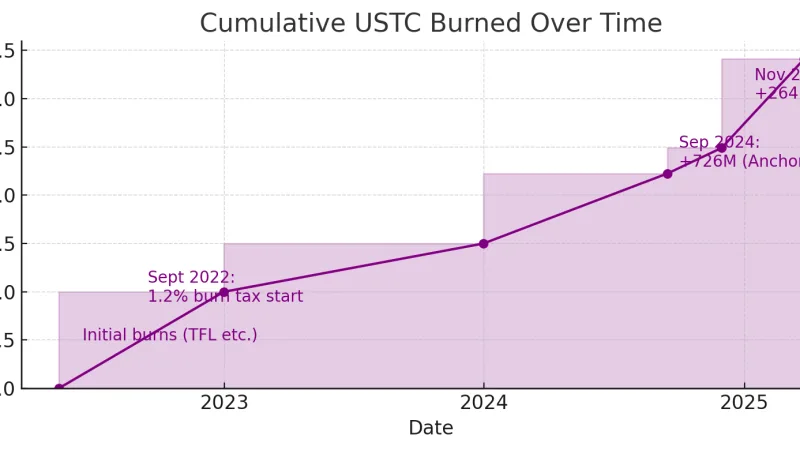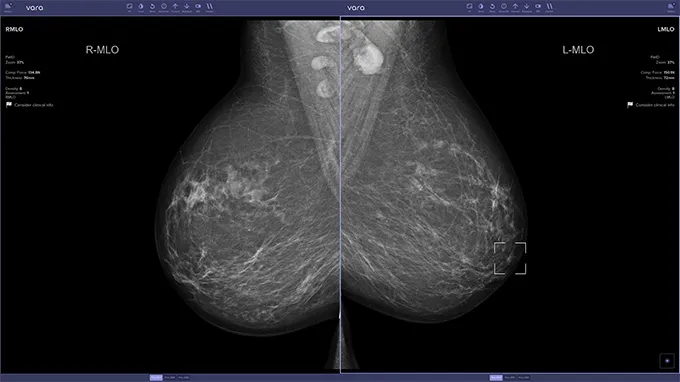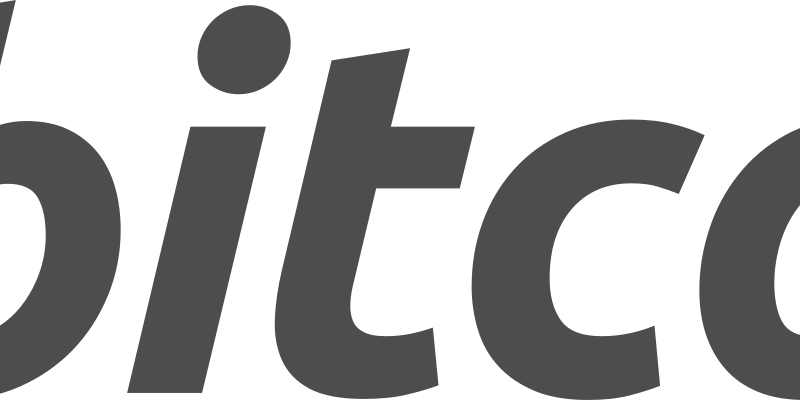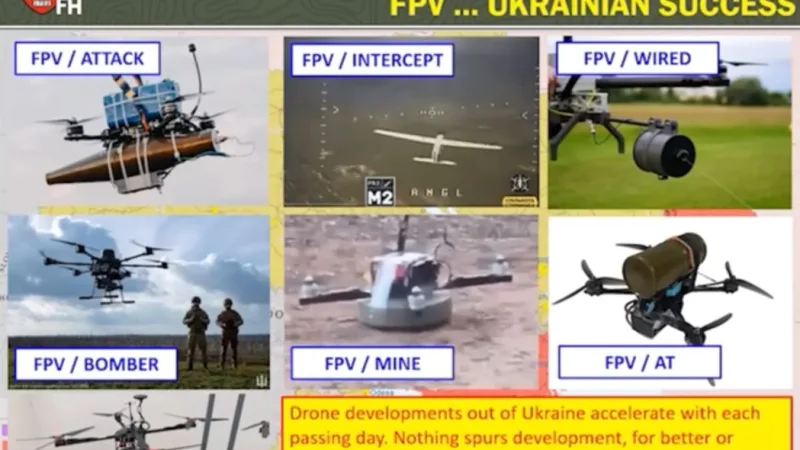Chat GPT-4 vs. Its Predecessor: What You Need to Know

Four months ago, OpenAI shook the world with the unveiling of Chat GPT – an AI marvel that sparked both hope and fear in equal measure. This language model has been the talk of the town ever since, setting off a frenzy of doomsday prophecies about job losses and creating new opportunities for innovation in various fields.
Now, it’s time to buckle up and get ready for Chat GPT-4, the newest iteration of this powerful tool that’s poised to take things to a whole new level. With its enhanced capabilities and expanded potential, the world is set to experience even more profound disruptions and transformations. So, what exactly is GPT-4 and how can you harness its power? Let’s delve into everything you need to know to get ahead of the game.
What is Chat GPT-4?
Have you ever wondered what’s in a name? Well, let’s take a closer look at Chat GPT-4. The “Chat” part is pretty self-explanatory – it’s an interface where you can have conversations with an intelligent computer. But what about “GPT-4”? It’s an acronym that stands for “Generative Pre-trained Transformer 4” – the fourth iteration of OpenAI’s cutting-edge software.
What makes GPT-4 so impressive is the sheer amount of data it has analyzed from all over the internet. By learning from this vast pool of information, it has become incredibly skilled at generating text that sounds just like it was written by a human. And that’s not all – it can also provide users with detailed answers to complex questions. So if you’re looking for a tool that can help you write, learn, or just have engaging conversations, Chat GPT-4 is the way to go.
What Sets Chat GPT-4 Apart from Chat GPT-3.5?
If you’re familiar with Chat GPT, you may already know about its shortcomings. Critics have pointed out its inaccuracies, biases, and even instances of misbehaving – going against its own safety protocols to provide answers it shouldn’t be giving.
But the thing is, Chat GPT’s performance is closely tied to the information it was trained on. OpenAI has recognized this, and has spent a full six months working on making the newest version, Chat GPT-4, even safer and more reliable. According to their claims, this new and improved software is not only more accurate and creative than its predecessor, Chat GPT-3.5, but it’s also “40% more likely” to give factual answers.
So, whether you’re a business owner, a researcher, or just someone who enjoys exploring the possibilities of artificial intelligence, Chat GPT-4 promises to be a valuable tool that can help you achieve your goals with greater ease and accuracy.
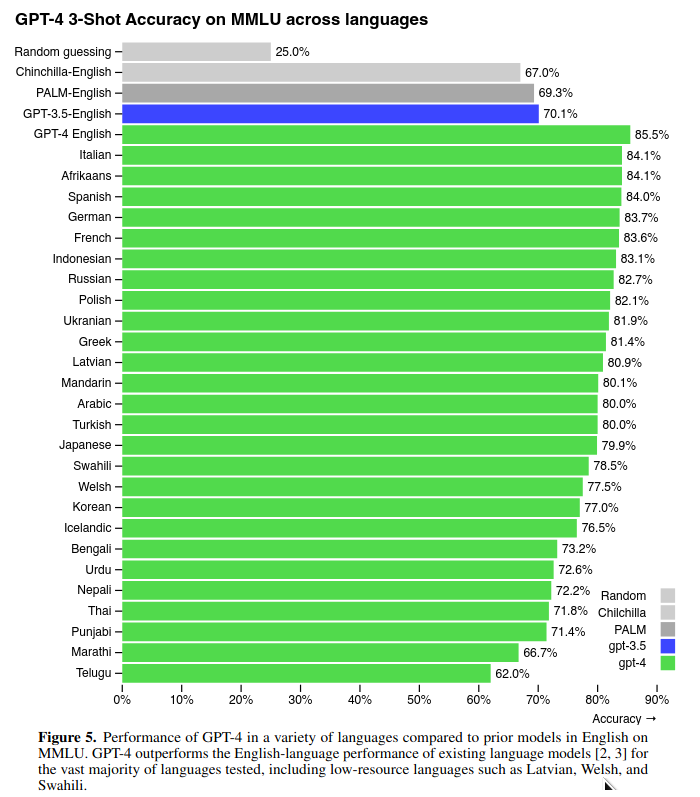
What are its limitations?
While Chat GPT-4 is undeniably impressive, it still has some limitations that are worth noting. For one thing, it wasn’t trained on data from after 2021, which means it may not be the best at reasoning about current events. On top of that, OpenAI has acknowledged that the latest version still has some known shortcomings, including social biases, hallucinations, and adversarial prompts.
But the thing is, every iteration of Chat GPT has been an improvement on the last. OpenAI is constantly working to address these limitations and make the software even more powerful and reliable. So while there may be some hurdles to overcome, the potential benefits of Chat GPT-4 are too great to ignore.
Whether you’re looking to automate customer service, generate creative content, or just have a fascinating conversation, Chat GPT-4 promises to be a valuable tool that can help you achieve your goals with greater ease and precision than ever before.
How to access ChatGPT-4?
If you’re itching to try out Chat GPT for yourself, there are a few ways to do it. Basic Chat GPT — click here to access — is available to most people through OpenAI, though there may be restrictions in some parts of the world. But if you want to experience the full power of Chat GPT-4, you’ll need to become a ChatGPT Plus subscriber, which costs $20 a month. Alternatively, developers can use Chat GPT-4 as an API tool to build into their own applications.
In the near future, you may also be able to access Chat GPT-4 through Microsoft’s search engine, Bing. Right now, if you click on the “chat” button on the Bing homepage, you’ll be directed to a waitlist, as access to Chat GPT-4 is being rolled out gradually. Whether you’re a curious individual or a developer looking to integrate Chat GPT-4 into your work, there are plenty of ways to explore this incredible technology.
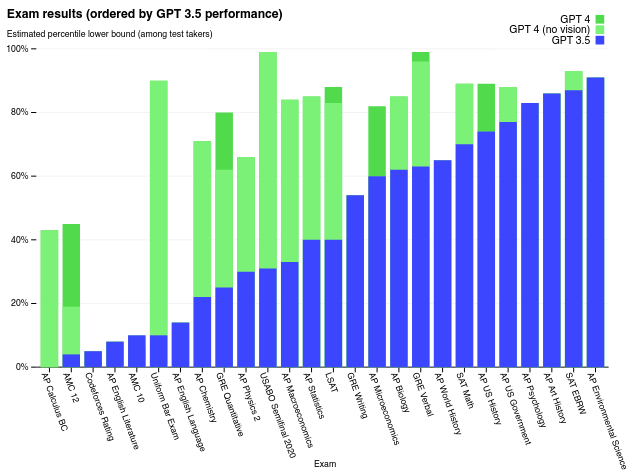
Who is using Chat GPT-4 right now?
Chat GPT-4 is being put to use in some surprising and innovative ways. For instance, Morgan Stanley is using it to organize and analyze vast amounts of wealth management data, while Stripe Inc. is testing it as a tool to help combat fraud.
But Chat GPT-4’s potential goes beyond finance and security. Language-learning app Duolingo is incorporating the technology to help users improve their skills by explaining mistakes and practicing real-world conversations. It’s just one example of how Chat GPT-4 is being used to enhance education and learning.
As more companies and developers explore the possibilities of Chat GPT-4, it’s exciting to imagine what other applications and innovations might emerge. From finance to education to security and beyond, Chat GPT-4 is poised to revolutionize the way we interact with data and information.
What’s ahead?
It’s not just Microsoft and OpenAI in the game anymore. The race to dominate the AI landscape is heating up, with Google already testing its own AI service called Bard, and a plethora of startups hot on their heels.
Over in China, Baidu Inc. is preparing to release its own bot, Ernie, while Meituan, Alibaba, and a range of up-and-coming companies are also joining the fray. The stakes are high, and the competition is fierce.
But as these tech giants battle it out, one thing is certain: the future of AI is brighter than ever. With so many players in the game, we can expect to see rapid advancements in the field, leading to new applications and innovations that we haven’t even imagined yet.

